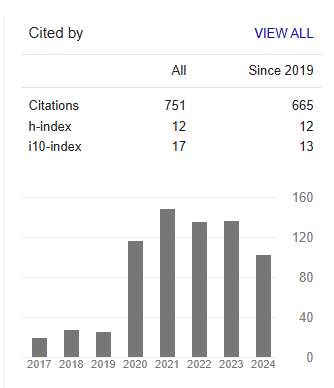Comparison of Classical and Ultrasound-Assisted Extraction Methods on Antioxidant Activities of Pharmaceutically Active Compounds from Valeriana Officinalis
Abstract
Sorush Niknamian
Medicinal plants are good sources and rich of substances which having nutraceutical and health benefits. Valeriana officinalis L. (Valerianaceae) is a known medicinal plant used in traditional medicine worldwide. The aim of present study was to evaluate the efficiencies of three methods for evaluated for antioxidant from Valeriana officinalis. Besides, the impact of extraction methods on total phenollic and flavonoids contents and antioxidant activities of Valeriana root was investigated. The dried-root was extracted by three different methods including maceration, ultrasonic assisted, and Soxhlet assisted extraction. Antioxidant capacity was assessed using four different methods: DPPH and nitric oxide (NO) free radicals scavenging, reducing power and iron chelating activity. The total phenolic and flavonoid contents were also identified. The ultrasonic extract showed highest amount of total phenolics and flavonoids contents. In DPPH radical scavenging activity, the ultrasonic assisted extract, (IC50=0.546 μg/ ml) had a higher activity from other extracts. In reducing power assay, maceration extract showed the highest activity. In DPPH radical scavenging activity, IC50 for ultrasonic extract, soxhlet assisted extraction and maceration extract were 0.546, 0.816 and 0.678 μg/ml, respectively. Here, the maceratin extract showed the highest activity, too. The results clearly indicated the extraction methods used in this study significantly affected antioxidant capacities and total phenolic and flavonoids contents. Ultrasonic assisted extraction and Soxhlet methods were found to be more efficient in extraction of antioxidant components of valeriana.



